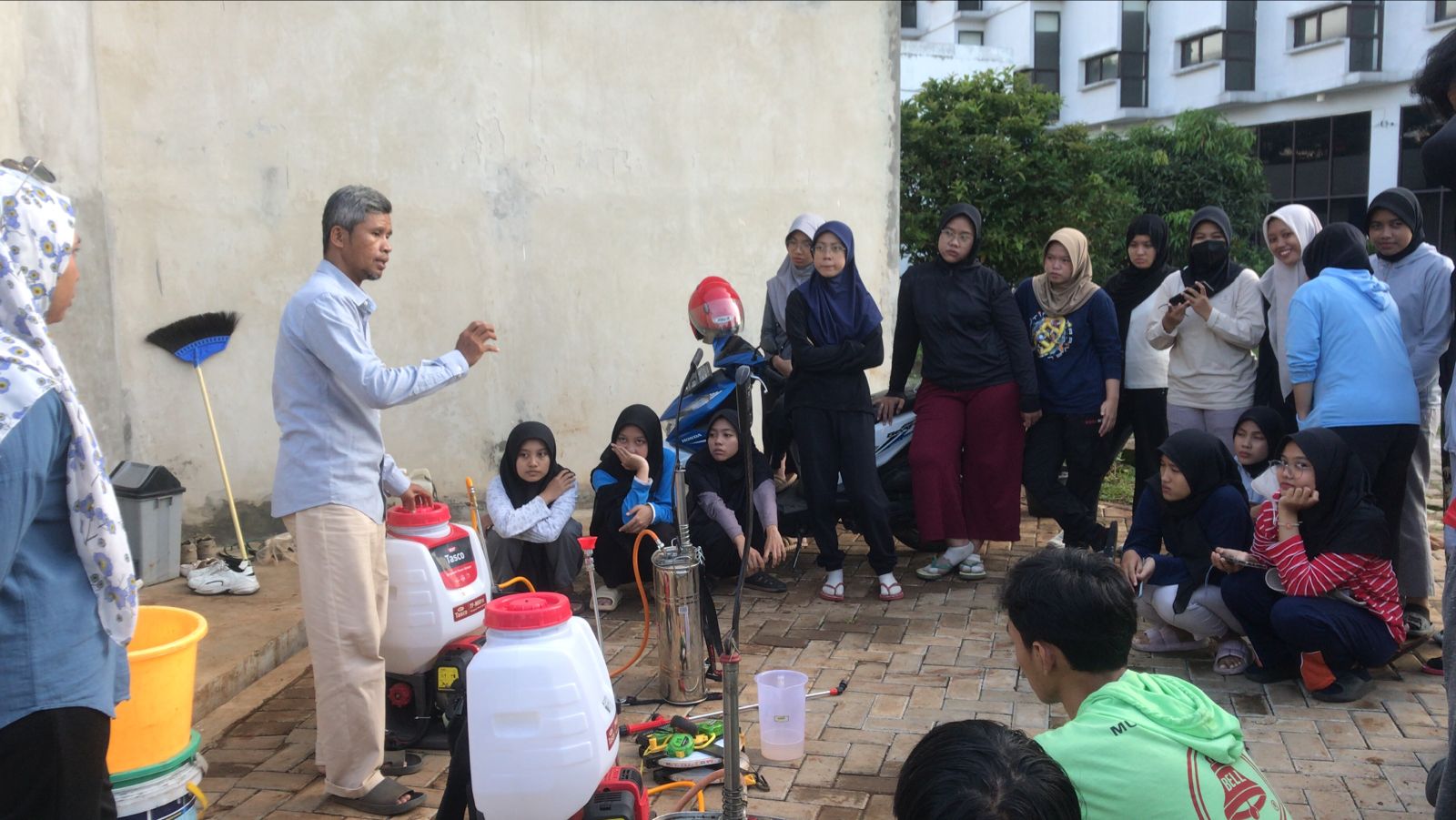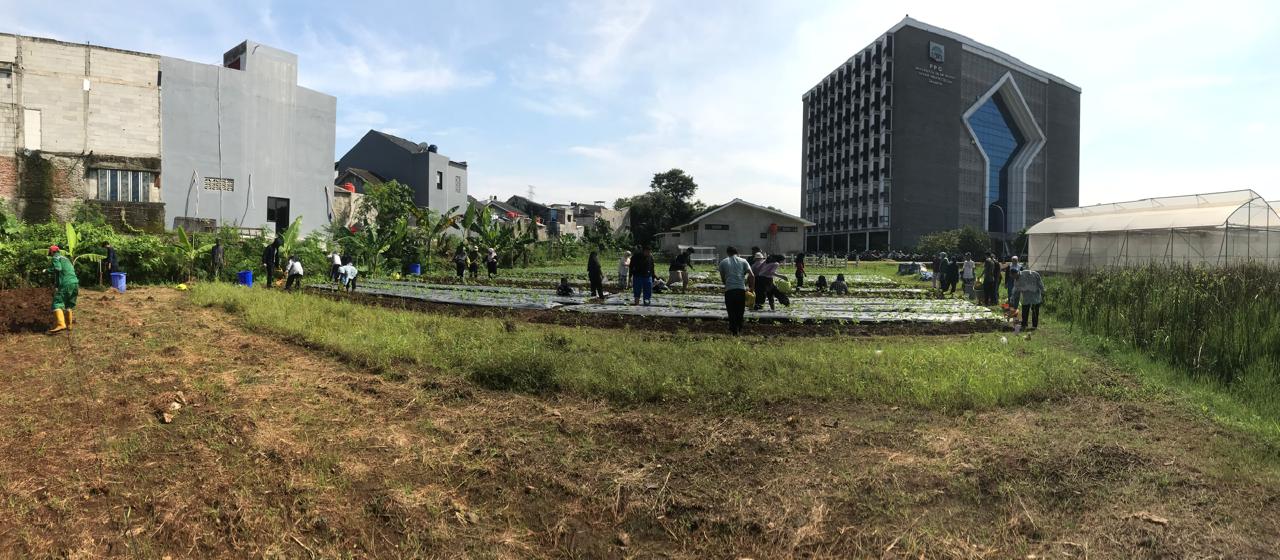Crop Protection Practicum is a laboratory or field activity designed to study various aspects of crop protection from plant pest organisms, such as pests, diseases, and weeds, as well as adverse abiotic factors.
Objectives of Plant Protection Practicum:
- Understand the identification of pests, diseases, and weeds that attack plants.
- Study the symptoms of pest attacks (Plant Disturbing Organisms).
- Mastering pest control techniques (chemical, biological, mechanical, technical culture, etc.).
- Analyze the impact of pest attacks on plant growth and yield.
- Train skills in observing, recording, and analyzing data on pest attacks.
Pest Identification
- Introduction to insect pests, nematodes, mites, rats, etc.
- Symptoms of plant damage due to pest attack.
- Diseases caused by fungi, bacteria, viruses, and phytoplasmas.
- Symptoms of leaf spot, wilt, rot, stunting, etc.
- Types of broadleaf weeds, grasses, and weeds.
- Impact of weed competition with cultivated crops.
Pest control techniques
- Use of pesticides (insecticides, fungicides, herbicides).
- Biological control (natural enemies, antagonistic agents).
- Physical/mechanical control (pest traps, pruning).
- Field sampling method.
- Calculation of attack intensity and pest population.
- Observation of symptoms of caterpillar infestation on leaves.
- Isolation of fungi that cause plant diseases.
- Test the effectiveness of vegetable pesticides against pests.
- Analysis of crop damage caused by weeds.
This practicum is essential for agriculture, agrotechnology or crop protection students to understand how to protect crops effectively and sustainably.



